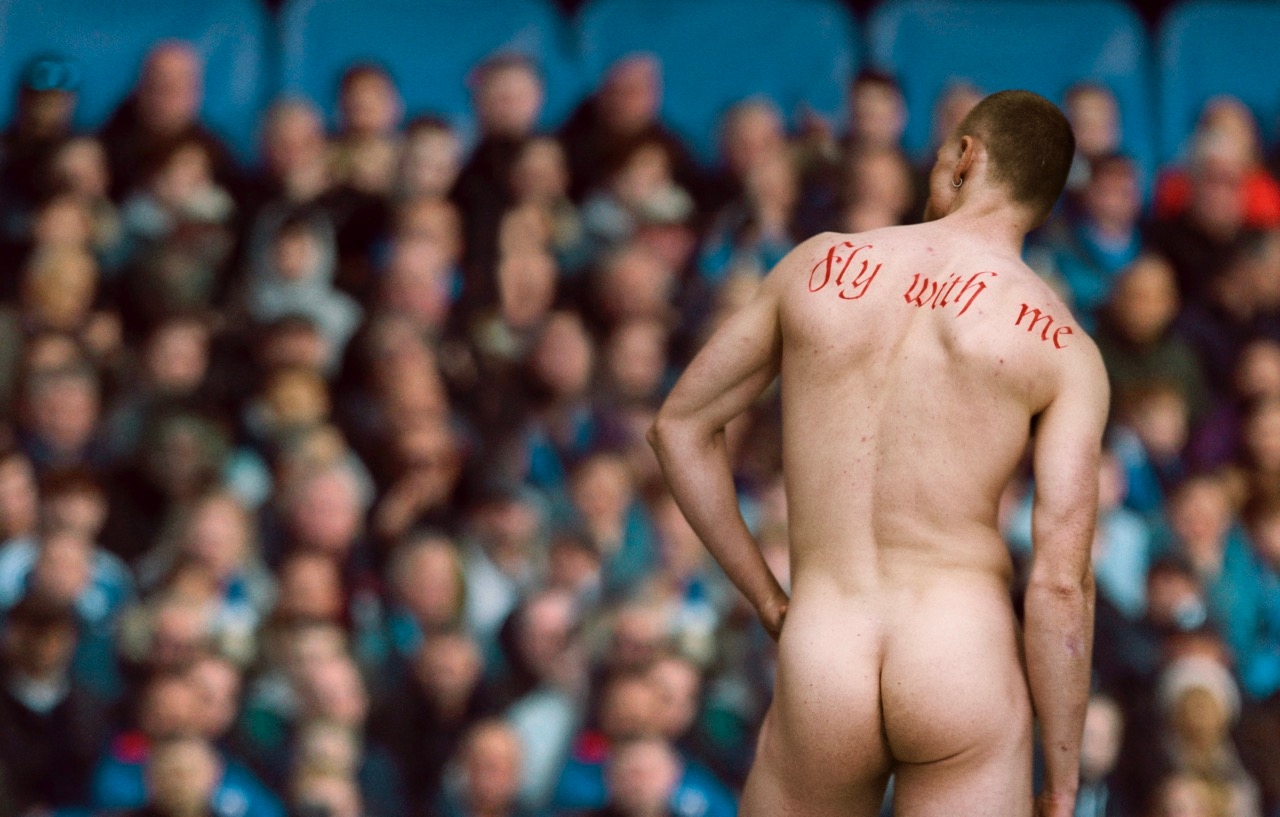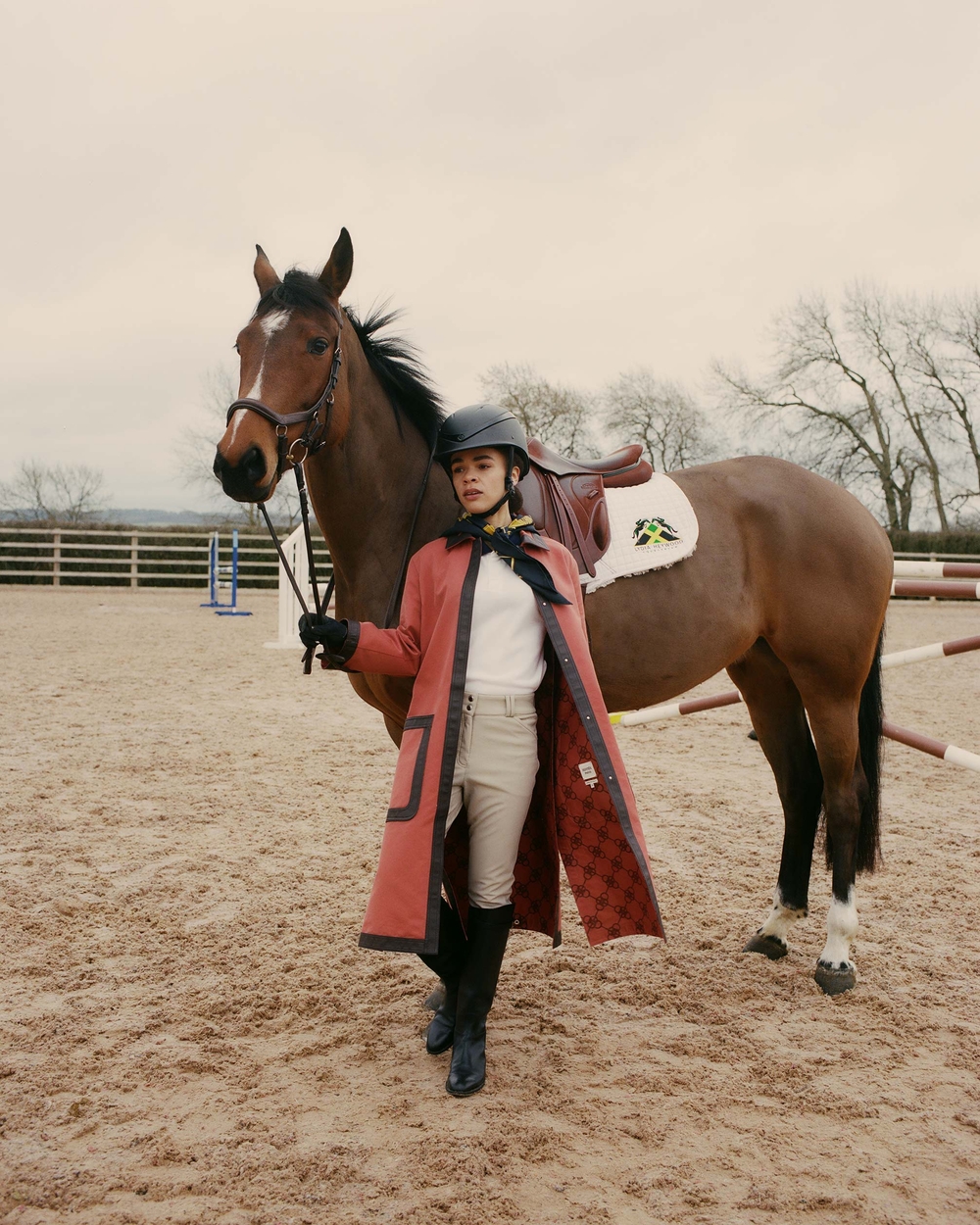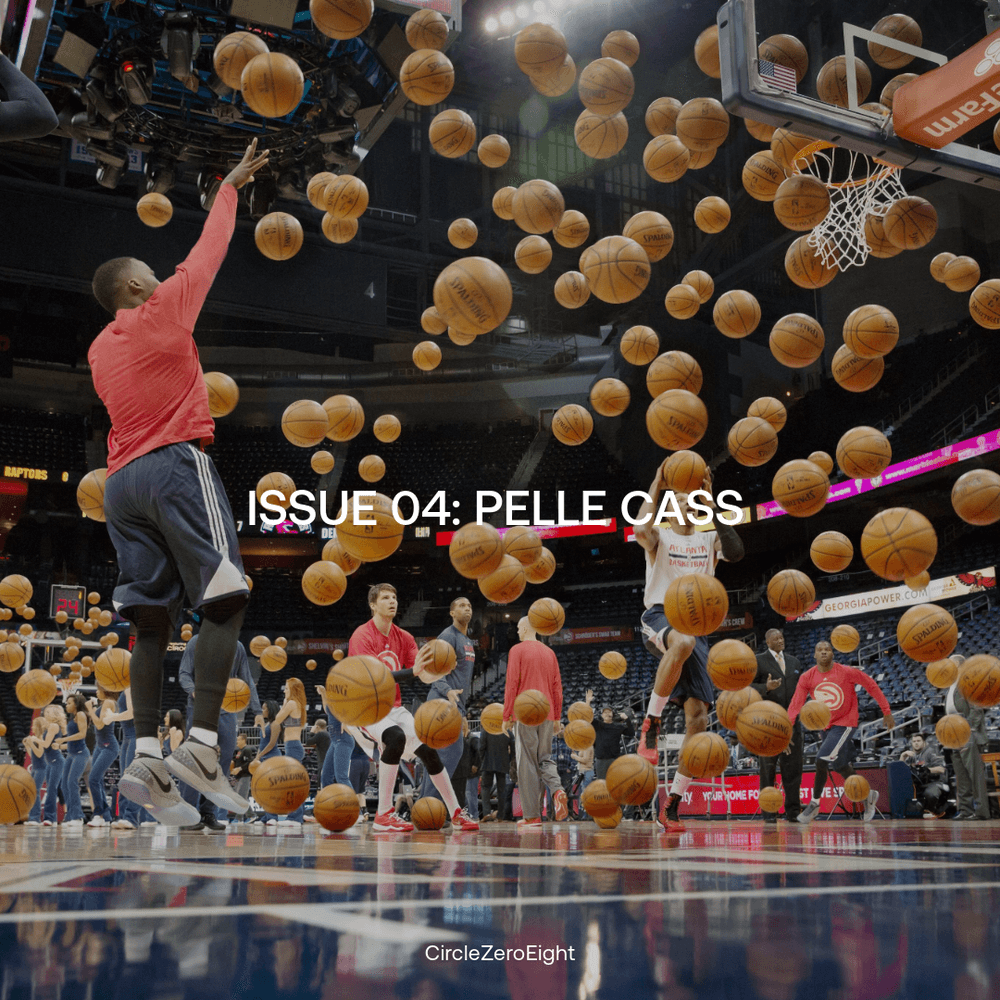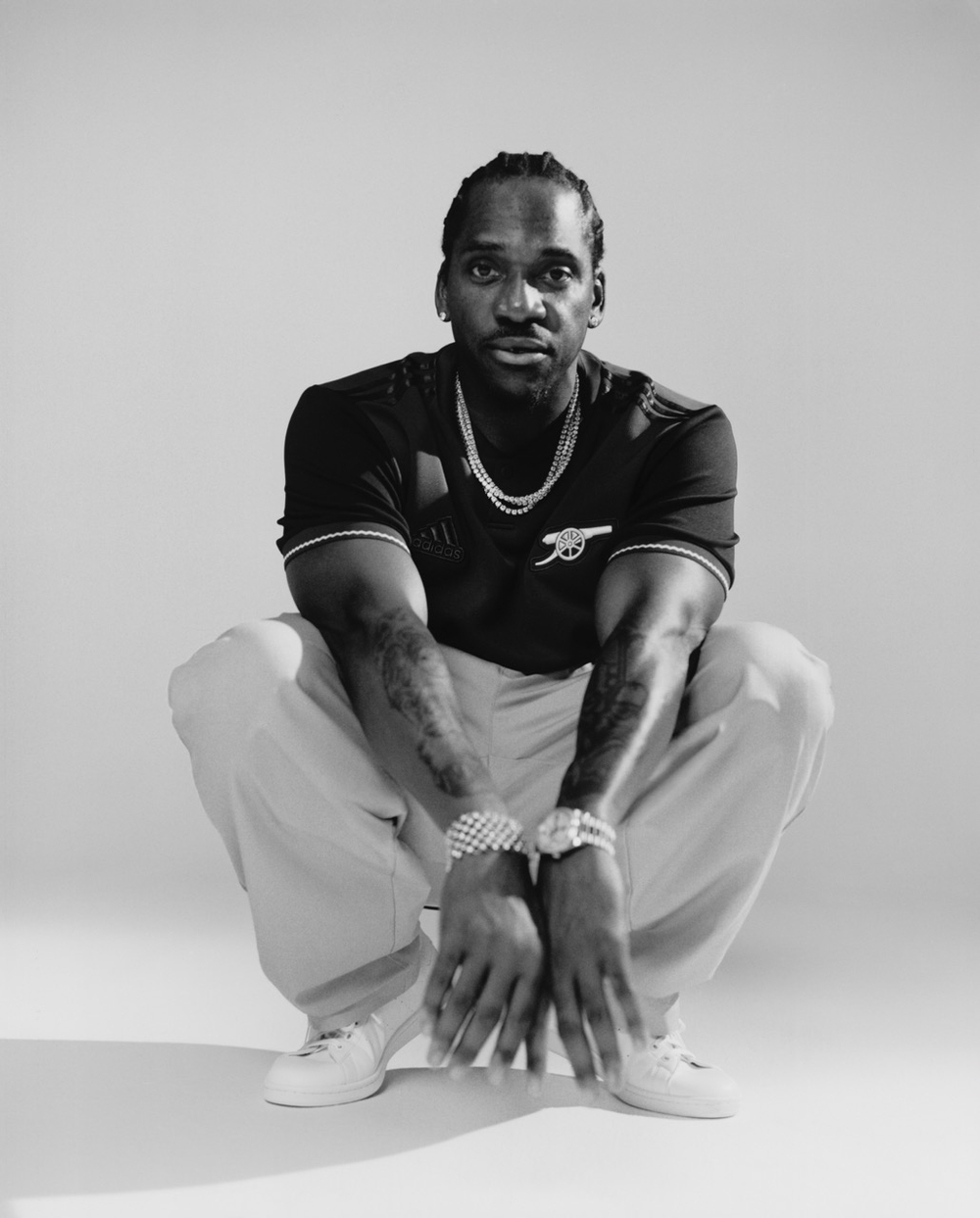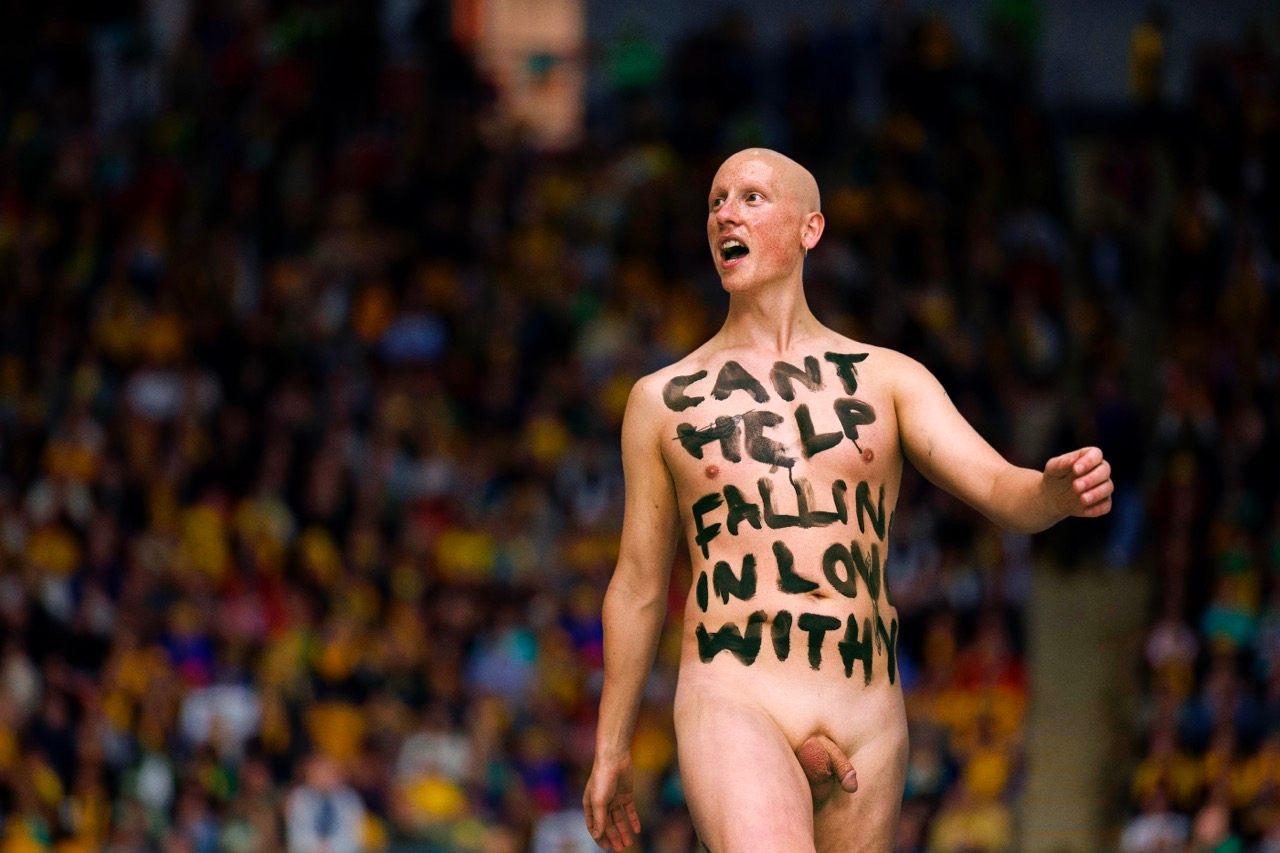
Background Image Credit: IOIO IMAGES/Alamy Live News
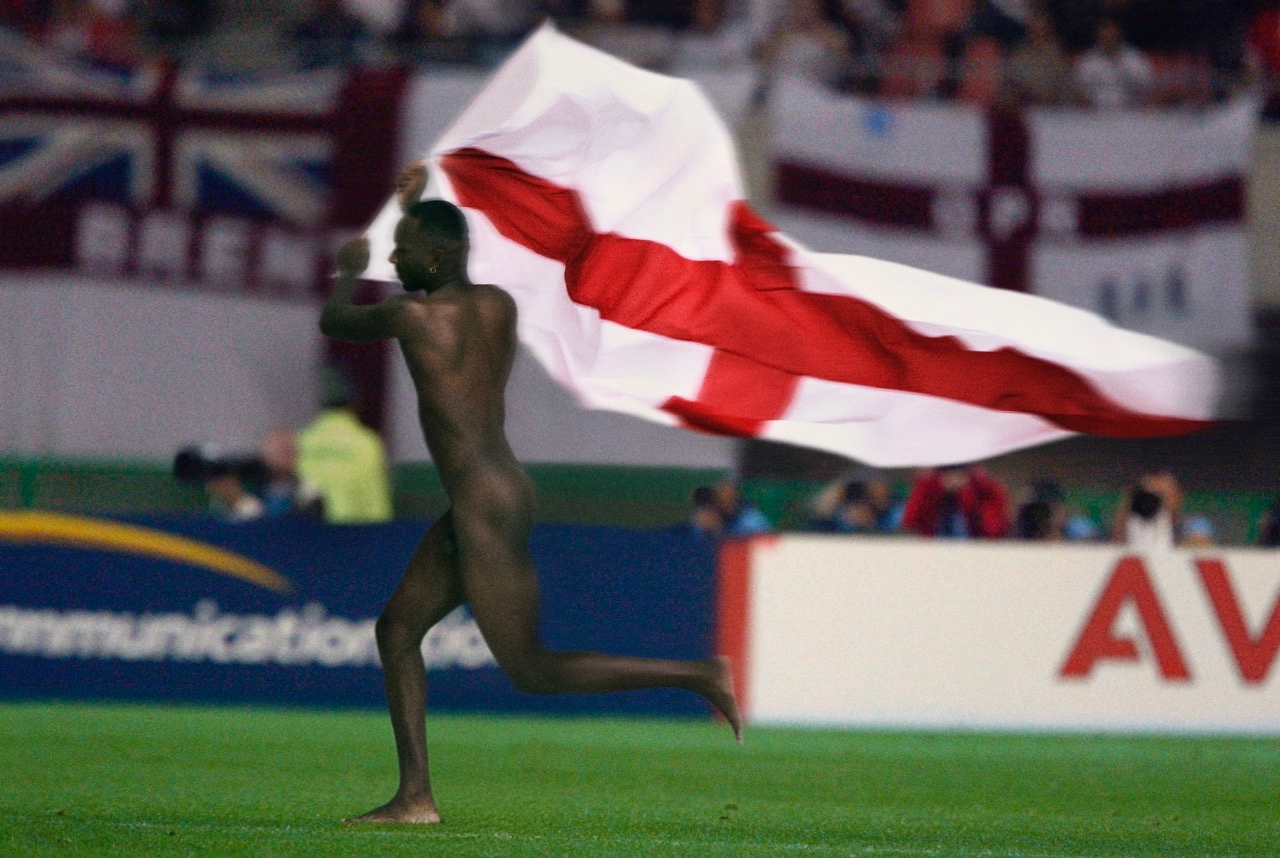
Background Image Credit – PA Images / Alamy Stock Photo

Background Image Credit – PA Images / Alamy Stock Photo
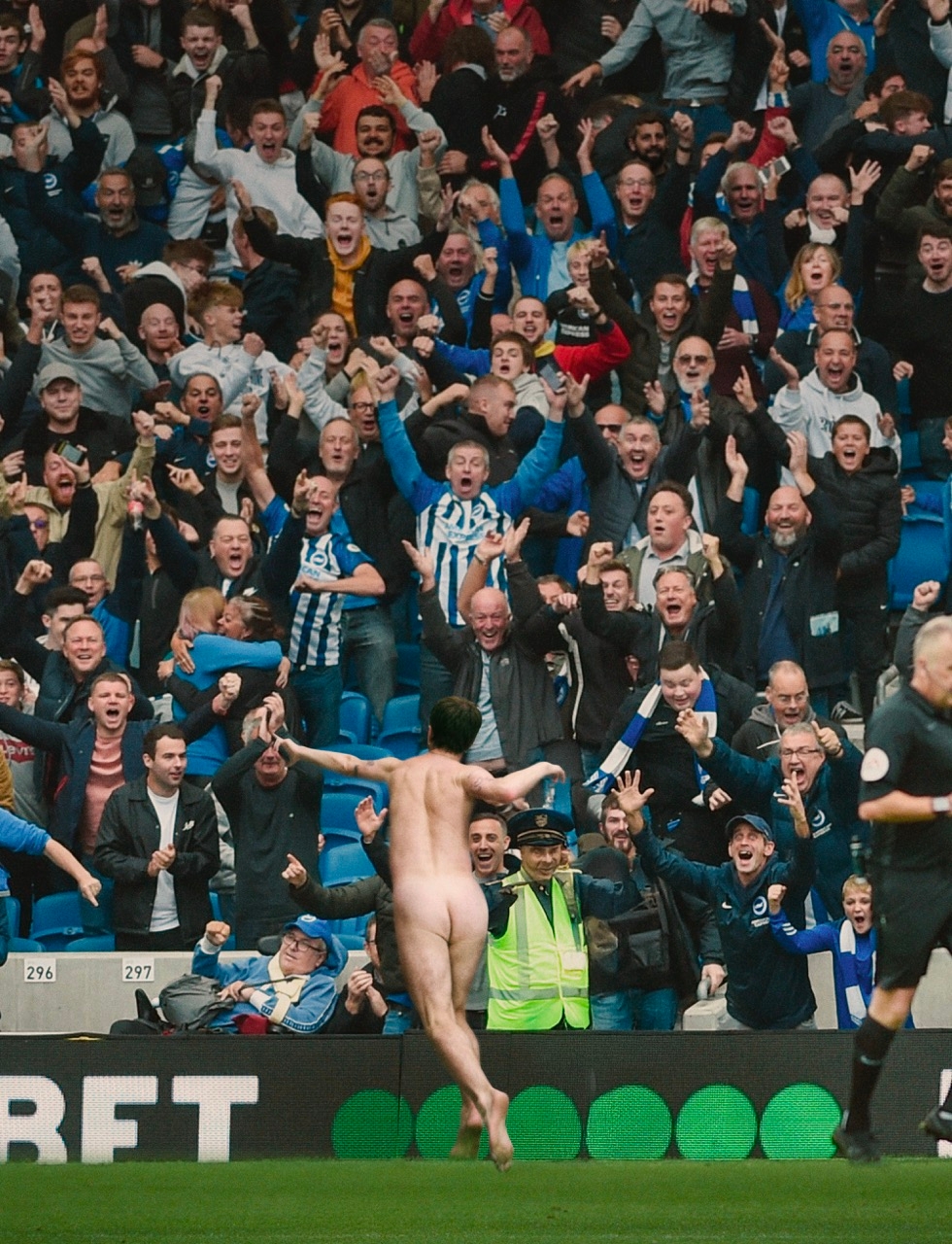
Background Image Credit Simon Dack TPI / Alamy Live News
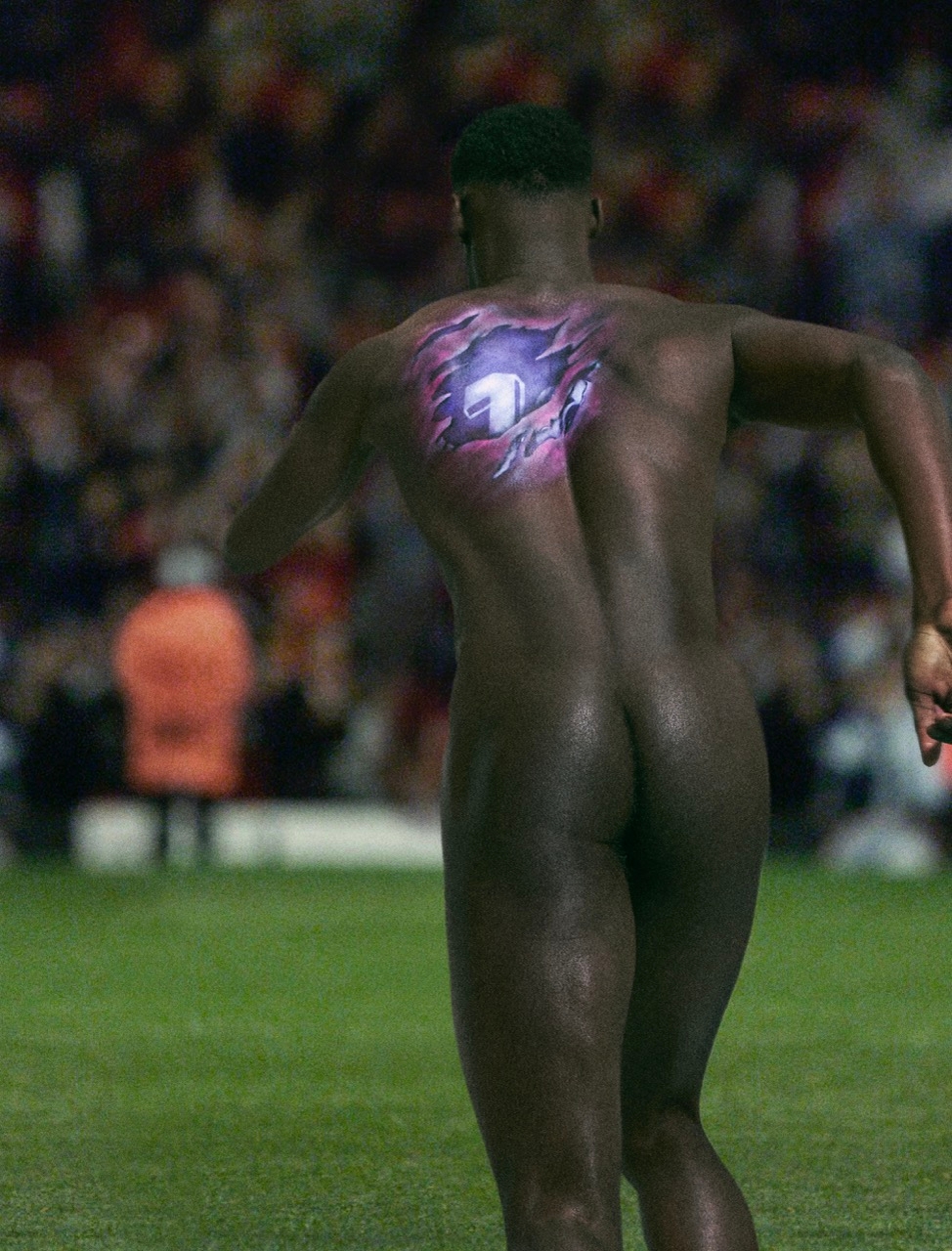
Background Image Credit – PA Images / Alamy Stock Photo

Background Image Credit: IOIO IMAGES/Alamy Live News
While philosophers have been grappling with this eternal question since Plato first ran nude through the Acropolis, many theories have emerged regarding exactly why it is that some people feel the urge to run naked through public places. Perhaps the first streaking incident could be traced back to Lady Godiva’s triumphant ride naked through the streets of Coventry. Or in more recent times to 1974, when Michael O’Brien, a stockbroker from Australia, was dared – for the princely sum of £10 – to run naked onto the field during a rugby match at Twickenham.
At the 1974 Oscars in Los Angeles, Robert Opel made headlines by streaking across the stage, running past David Niven while flashing a peace sign. Opel was an artist and openly bisexual who was deeply engaged in the queer counterculture and a passionate advocate for gay rights. In 1982 Erica Roe, ran onto a rugby field at half time, saying she felt “like a movie star”.
There’s definitely something to be said about the dream of becoming a star on the pitch. Many young boys grow up dreaming of scoring that last-minute winner in the cup final; of becoming the star. This is likely why so many male streakers mimic goal celebrations when they run onto the field. While dreaming big is important, the reality is that only about 2% of players in football academies actually make it to the first team. So if you can’t be a footballer: break in, jump the barrier, and do it in the nude.

Background Image Credit – PA Images / Alamy Stock Photo
The theatre of dreams – aka the football stadium – is a space mainly dominated by men, all conforming to the strict dress codes of matchday. Over the years, the uniform of the male football fan has gone from the vibrant Sergio Tacchini tracksuits of the 1970s to a more subdued, almost inconspicuous style. Today, it’s common to see jeans, trainers, and a smart polo paired with a goggle jacket to maintain anonymity. From hiding to standing out against the crowd, a memorable moment occurred in 2017 when an England fan went completely naked and danced in the stands during a friendly match against Germany in Dortmund. This bare supporter, with one hand covering his modesty, passionately sang along to England chants as onlookers captured the moment on their phones in an image almost reminiscent of Sandro Botticelli’s ‘Birth of Venus’ – although this time with more lager than seawater.
Why? Was he aware in this lewd stunt that he was breaking free of the shackles of gender norms, that he was taking off the ‘man costume’? In turn, he presented himself as the jester shielded by his tribe. I don’t think he did it to be liberated – rather he did it for a laugh. The jester, the attention seeker, the performer. The bloated, booze-fuelled fool. There’s no evidence to suggest that most streakers do it drunk, but I think alcohol does help us to say how we really feel, to show who we really are, and maybe to take off our clothes.

Background Image Credit – PA Images / Alamy Stock Photo
Sociologists Patrik Aspers and Frederic Godart argue that “fashion is inherently performative, as a source of negotiated societal change rather than a mirror of social structure”. Fashion is used as a form of expression, and as a means to perform our innermost identities to the outer world. The act of dressing is an important part of performing one’s identity or conforming to societal norms – in this case strict dress codes. But fashion can disguise people; hide them in plain sight. John Berger once wrote: “To be naked is to be oneself. To be nude is to be seen naked by others and yet not recognized for oneself”. Maybe this nudity could be an act of rebellion against the tribalism of being male. The act of blending in with other men can be tiring, until one of the men breaks free and drags down. In the inimitable words of RuPaul, “we’re all born naked and the rest is drag“.
When someone streaks they are out on the field naked and alone. There’s an element of fragility, vulnerability, and bravery – a stark contrast to being protected by your gang. I think static streaking has been more prevalent in recent years due to tragic public attacks at sports arenas, meaning stripping down and running across a stage has elicited not confused laughter, but armed security. A few people still attempt it, but the footage of those naked runs is almost never shown for too long. TV networks such as the BBC now direct their producers to zoom out so that the streaker barely appears on-screen. Public streaking is all about getting a reaction, which isn’t possible if no one sees you. Perhaps more fundamentally nudity – particularly male nudity – is simply not as shocking these days.

Background Image Credit Simon Dack TPI / Alamy Live News
Maybe this really is the end of streaking – a fading art in a world that’s just too aware, too cautious. With lifetime bans, hefty fines, and sky-high ticket prices – not to mention TV
cameras that don’t seem to get the joke – the stakes feel higher than ever. Is it worth the risk? Is it brave or just foolish? Maybe streaking is destined to remain a relic of the pre-internet age, captured only in those infamous images – forever floating online, immortalised, and preserved only as folklore. Here’s to you, streakers. You will be remembered.

Background Image Credit – PA Images / Alamy Stock Photo
